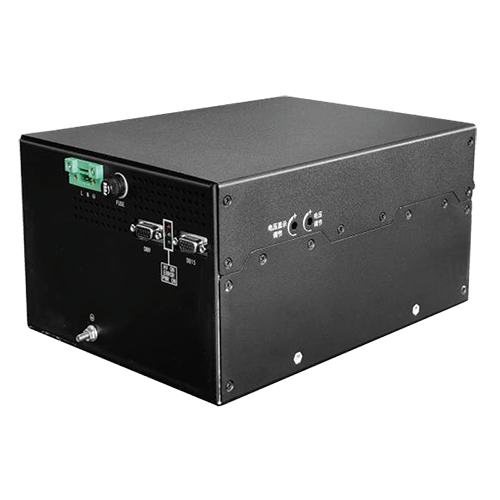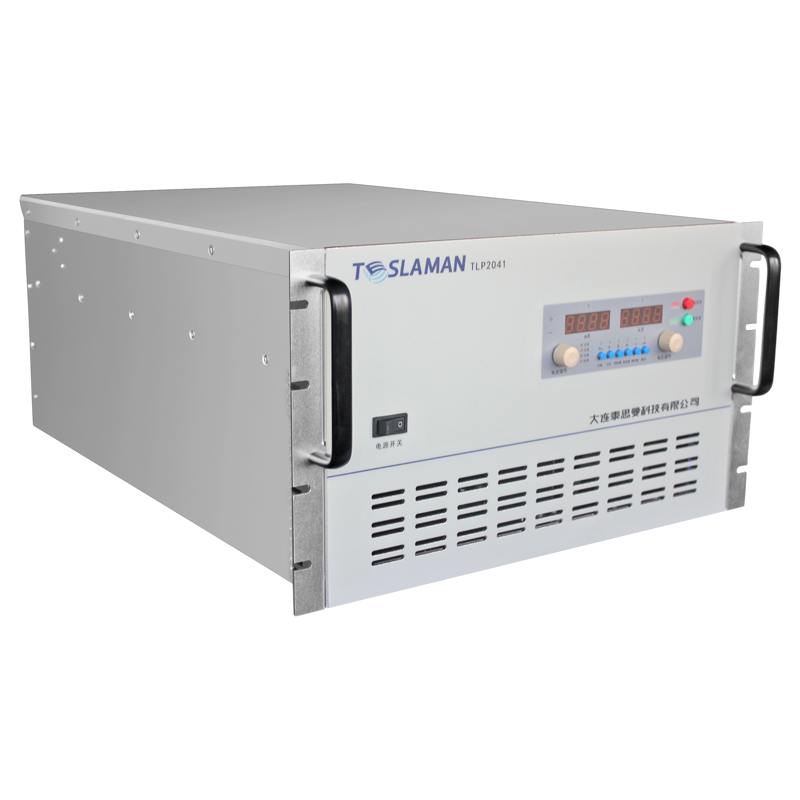Design Challenges of High-Voltage Power Supplies for Etching Equipment
In semiconductor manufacturing, plasma etching is a critical process for defining nanoscale device structures. As process nodes advance beyond 3nm, the design of high-voltage power supplies—the core energy source of etching equipment—faces the following key challenges:
Precision Control of Plasma
Ion energy and flux regulation: Etch profiles (e.g., aspect ratio, sidewall angle) require ion energy deviations of <±0.5%. High ion energy (>500 eV) enables anisotropic etching (e.g., deep trenches), while low energy (<100 eV) achieves surface smoothing. The power supply must dynamically adjust frequency (2–60 MHz) and power (kilowatts to megawatts) to control plasma density and ion bombardment energy.
Process compatibility: Capacitively Coupled Plasma (CCP) etching requires microsecond-level voltage polarity switching for ion acceleration; Inductively Coupled Plasma (ICP) etching demands high power density (>5 W/cm³) to sustain plasma stability.
Dynamic Response vs. Stability
Etching processes involve millisecond-scale step transitions (e.g., deposition-etch cycles), necessitating power supply response times of <10 μs and output voltage fluctuations within ±0.1%. Voltage drift causes non-uniform etch depths or sidewall distortion. Nonlinear plasma loads (e.g., impedance surges) may trigger oscillations, requiring adaptive algorithms for real-time compensation.
Thermal Management vs. Power Density
At high-power outputs (e.g., 30 kV/20 A), internal power device losses can reach 15%–20% of total energy. A 10°C temperature rise doubles failure rates of critical components (e.g., IGBTs/MOSFETs). Air cooling fails for power densities >5 kW/cm³, necessitating microchannel liquid cooling or phase-change materials—solutions that may increase volume by 40%.
Reliability and Safety Limits
Longevity requirements: Semiconductor production lines require >10,000 hours of continuous operation. High voltage accelerates electrochemical aging (e.g., capacitor degradation), demanding solid-state capacitors and redundancy design.
Multi-stage protection: Arc discharges can release kilojoules of energy within 1 μs, destroying wafers. Power supplies need integrated nanosecond arc detection, magnetically isolated drivers, and multi-stage grounding to reduce fault response time to <5 μs.
System Integration and Multi-Physics Coupling
Modern etching equipment requires synchronized control of power supplies, vacuum systems, and gas delivery. For example, a 0.1 Pa chamber pressure fluctuation alters plasma impedance by 20%, necessitating closed-loop coordination with pressure sensors. Electromagnetic interference (EMI) can disrupt measurement circuits, requiring multi-layer shielding to suppress noise to μV levels.
Conclusion: Future Directions
Next-generation designs must address three dimensions:
Material innovation: Adopting SiC/GaN wide-bandgap semiconductors to increase switching frequency (>100 kHz) and reduce energy loss by 50%;
Intelligent control: Real-time digital twin simulations to pre-adjust parameters and suppress plasma instability;
Modular architecture: Decomposing power supplies into replaceable units to enable online maintenance and minimize downtime.
The evolution of high-voltage power supplies is becoming a pivotal enabler for pushing the limits of Moore’s Law.




















